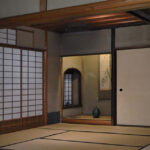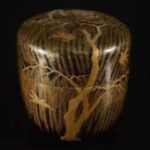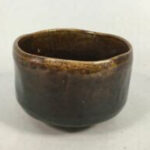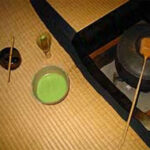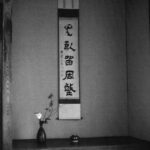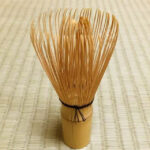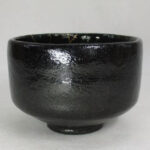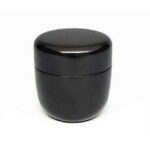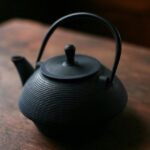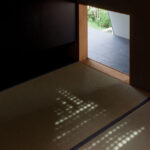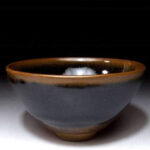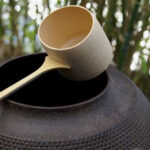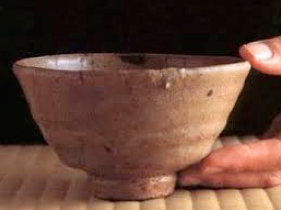
The beauty of wabi-sabi involves perceiving something extraordinary in something that might otherwise be regarded as quite ordinary, undistinguished, or barely there.
— LEONARD KOREN
Peace Through a Bowl of Tea
Presented by Brother Joseph Kilikevice, OP
Peace Through a Bowl of Tea is an experiential presentation that may also be part of a retreat using it as a spiritual practice. The keynote presentation focuses on the origins of the ceremony with photos that help explain the purpose of utensils and other items used and their provenance.
The Japanese word, “Chado,” is simply translated as, “The Way of Tea,” embraces the qualities of “wabi-sabi” another Japanese word referring to what is simple, unhurried and uncluttered. Underplayed and modest, it is humble by choice. Beauty is undeclared and waits to be discovered. Authenticity is revered as it makes do with less.
It values what time, weather and loving use leave behind such as the worn robe of a simple monk. It uses natural materials vulnerable to weathering. It is a reminder of the transience of life, providing fragmentary glimpses of the sun filtered trough shoji screens, or the moon partially obscured by a cloud.
Read about the history and practice of the Japanese Tea Ceremony by clicking the button below.
The Japanese Tea Ceremony in Photos
Shem Center for Interfaith Spirituality
708 North Harvey Avenue
Oak Park, IL 60302
(708) 848-1095
shemcenter1993@gmail.com
Photo Credits: Emory Mead, Stephen B. Starr, Joseph Kilikevice
The Shem Center for Interfaith Spirituality website is awarded a 2022 American Digital Design Award for excellence in design and user experience.

